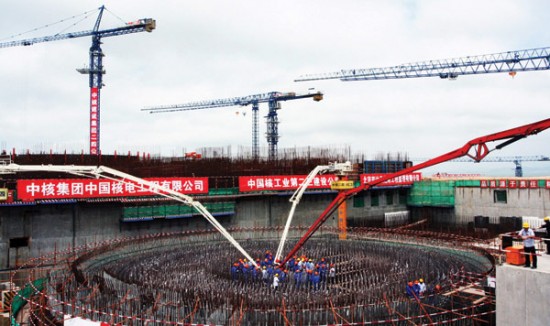Sustainable Energy
China Cleans Up
China is adding nuclear, hydroelectric, wind and solar power at an unrivaled pace.

In 2006, China passed the United States as the world’s top emitter of greenhouse gases; last year it exceeded U.S. investment in clean energy for the first time, with a total of $34.6 billion. Driving that investment are air pollution, which has reached choking levels in Chinese cities, and a strong desire to meet a voracious appetite for energy through domestic sources. Not only is the country adding nuclear, hydroelectric, wind, and solar power at an unrivaled pace, but it’s fast becoming a proving ground for next-generation energy technologies that have stalled elsewhere.
China has 22 nuclear reactors under construction, with a combined capacity of 23 gigawatts. Two-thirds of these, including this one at Fuqing on China’s southeastern coast, use a homegrown design based on France’s existing light-water reactors. Li Ganjie, director of China’s National Nuclear Safety Administration, recently warned that “overrapid expansions” could diminish reactor quality and safety.
China has 22 nuclear reactors under construction, with a combined capacity of 23 gigawatts. Two-thirds of these, including this one at Fuqing on China’s southeastern coast, use a homegrown design based on France’s existing light-water reactors. Li Ganjie, director of China’s National Nuclear Safety Administration, recently warned that “overrapid expansions” could diminish reactor quality and safety.
